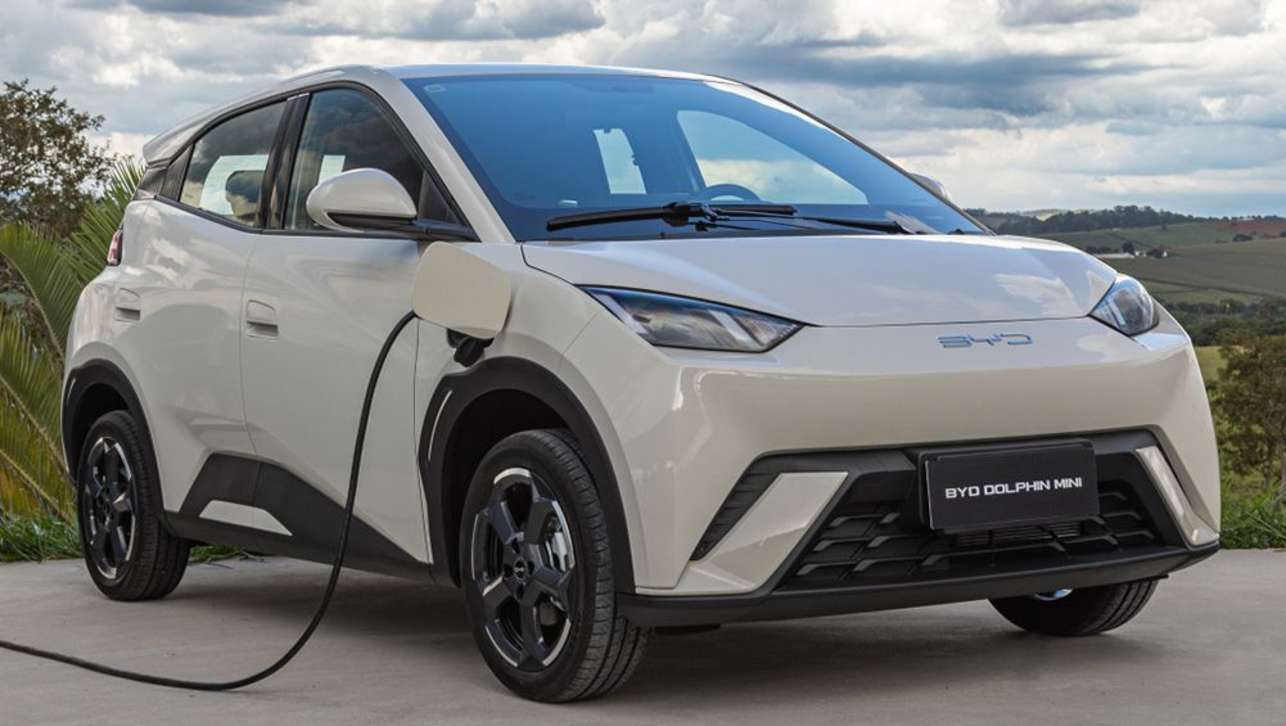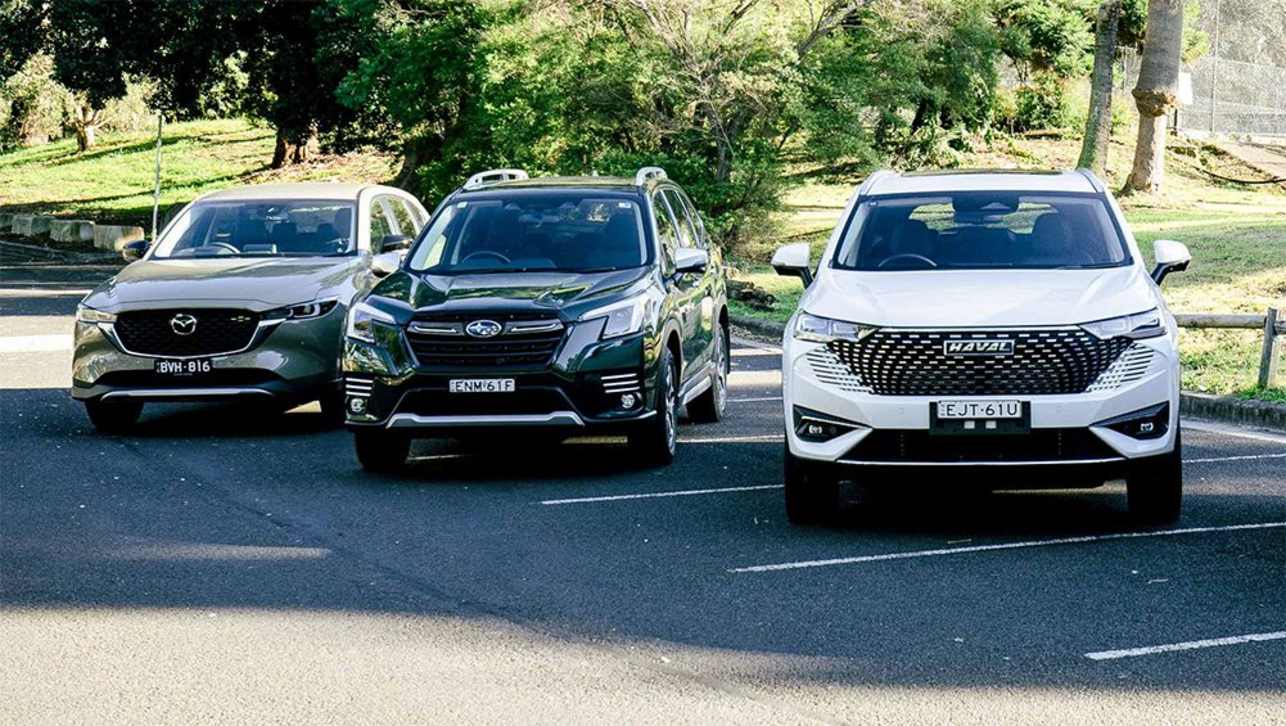Among the online white-noise continues the theme of `we don’t make anything in this country any more’.
It’s the great post-car-making dirge that keeps online trolls and nay-sayers busy for hours on end.
No, Australia doesn’t build whole cars from flat sheets of steel these days, but from the moment the last car factory (Holden’s in Adelaide) turned off the production-line lights for the last time, Australians have been finding other ways of making a manufacturing future.
What if we told you one of the country’s most iconic car brands is still doing the business post-car making? In fact, what if we also told you it now employs three times as many workers and is three times as productive as it was when we built cars here?
The fact is, what was Australia’s smallest car maker, Holden Special Vehicles (HSV), has now morphed into the country’s biggest car maker.
In the recent past we’ve seen the emergence of Premcar which modifies Nissan Navaras into Warriors, as well as the local arm of the Thai-based company that is converting Ford F-150s from left to right-hand-drive, RMA Automotive (to name just two).
Both these operations have factory backing to modify vehicles that sell through official dealerships and carry full factory warranty.
.jpg)
But before either of those was Walkinshaw Automotive Group (WAG) which combined the huge and varied international experience of the Walkinshaw Engineering juggernaut with the from-the-ashes smarts of Holden Special Vehicles, which once converted Holden cars into road-burners of the highest order.
The end result was an operation that understood what the big car-makers wanted in a second-tier manufacturing provider and had the flexibility to adapt to a range of projects.
One of WAG’s earliest (and most visible) assignments was to develop and subsequently carry out a left-to-right-hand-drive conversion for the Ram truck line-up.
The success of that was a springboard for future conversion business (including Chevrolet Silverados) as well as engineering modifications to create a halo Volkswagen Amarok model for local dealers.
.jpg)
But a handful of years on, and the scope of WAG’s operation should surprise those same nay-sayers no end.
Consider the numbers: When local car-making was still a thing, HSV recorded its best year in 2008 with exports to the Middle East, UK, New Zealand as well as local demand pushing the operation to modify 4800 Holdens – mostly VE Commodores - into HSVs.
That was achieved with about 450 employees and stands as HSV’s glory days. So you’d imagine that things are a bit tighter these days with no Holdens to modify.
You’d be wrong. In 2022, WAG modified 12,025 cars and pick-ups, and did so employing around 1300 workers. That figure is tipped to rise to between 13,000 and 14,000 units next year as the WAG-modified Toyota Tundra pick-up starts hitting showrooms.
.jpg)
Interestingly, with the announcement that WAG would be modifying the Triton dual-cab ute to Xtreme specification for Mitsubishi, the Toyota Tundra coming on line and strong hints that a WAG-modified version of the new VW Amarok is coming, the operation is now dealing with multiple, secretive car-makers.
That means different campuses for different projects as well as stand-alone teams and top-secret studios within the same facility.
The engineering background of WAG is also evident in the types of work it undertakes.
Much of that these days is testing and validation, both for the makes and models it modifies and converts for its clients, as well as one-off jobs that require independent testing, certification and sign-off.
.jpg)
Inside the very private test lab, WAG has access to pneumatic rigs for, say, cycle testing something as innocuous as a glove-box lid hinge system or something as critical as a new firewall’s structural integrity.
But right next to that is an ex-Formula 1 seven-post test rig that can recreate real-world road surfaces in a static, controlled environment.
In fact, this type of testing is becoming an increasingly lucrative source of income with WAG claiming that its test facility is booked out for the remainder of 2023.
It may not be building whole cars, but don’t be fooled; the elements of car-making that this country was so good at in the past, are still alive and well in Australia.











.jpg)
_0.jpg)


.jpg)
.jpg)
.jpg)




.jpg)
.webp)
.jpg)
.jpg)
.jpg)



.jpg)
Comments